Best phones in New Zealand: top smartphones tested and ranked – December 2025
All the best smartphones in New Zealand, tested and ranked
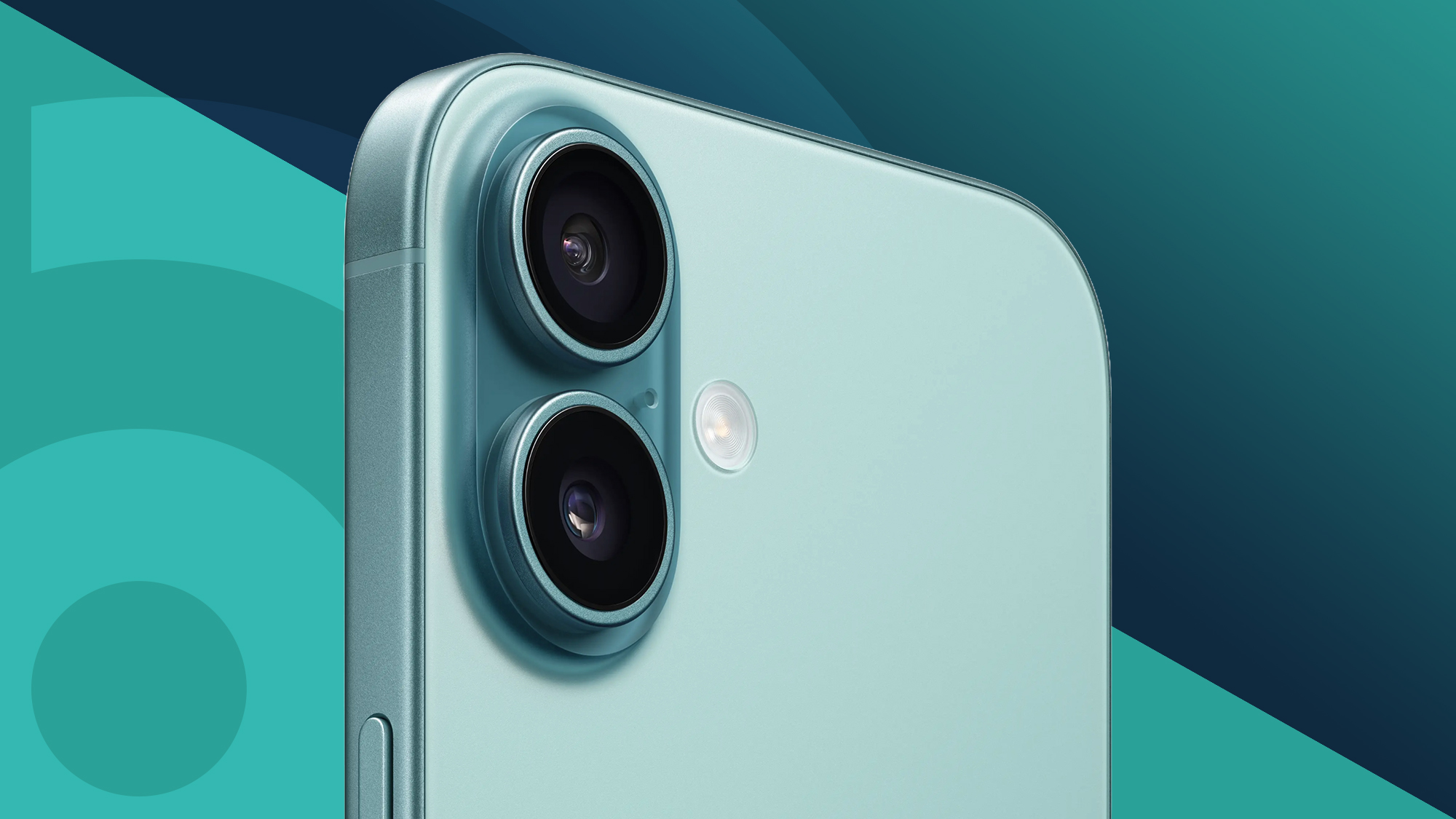
The best phones in New Zealand are powerful handsets, mixing an incredible range of features with a justifiable price. Sure, in 2025 most phones have a nice screen, passable camera quality and a functional range of features, but the best phones master the balance these features and excel in key areas.
Among most phone shoppers, high-end camera performance is one of the most desirable features, but you may be more interested in under-the-hood specs, such as battery life and processing power. Having a gorgeous display is also quite important to some, as is the overall size of the handset.
I've focused on smartphones for several years now, and I've found there to be handsets leaps and bounds ahead of the competition (and some that are drastically behind in key areas). In New Zealand, many great phonemakers don't sell handsets – but that shouldn't stop you from picking up one of the best phones.
I've used all the handsets on this list, from the affordable Samsung Galaxy A56 to the top-end iPhone 16 Pro Max, and have put together some recommendations for a range of different smartphone users. Backed up by TechRadar's reviews, written by our international team of experts, you'll likely find a great phone below.
Let's get into it. We've updated this list to include the Samsung Galaxy Z Fold 7, taking the Z Fold 6's place as the best foldable in New Zealand.
The best phones in New Zealand: at a glance
Why you can trust TechRadar
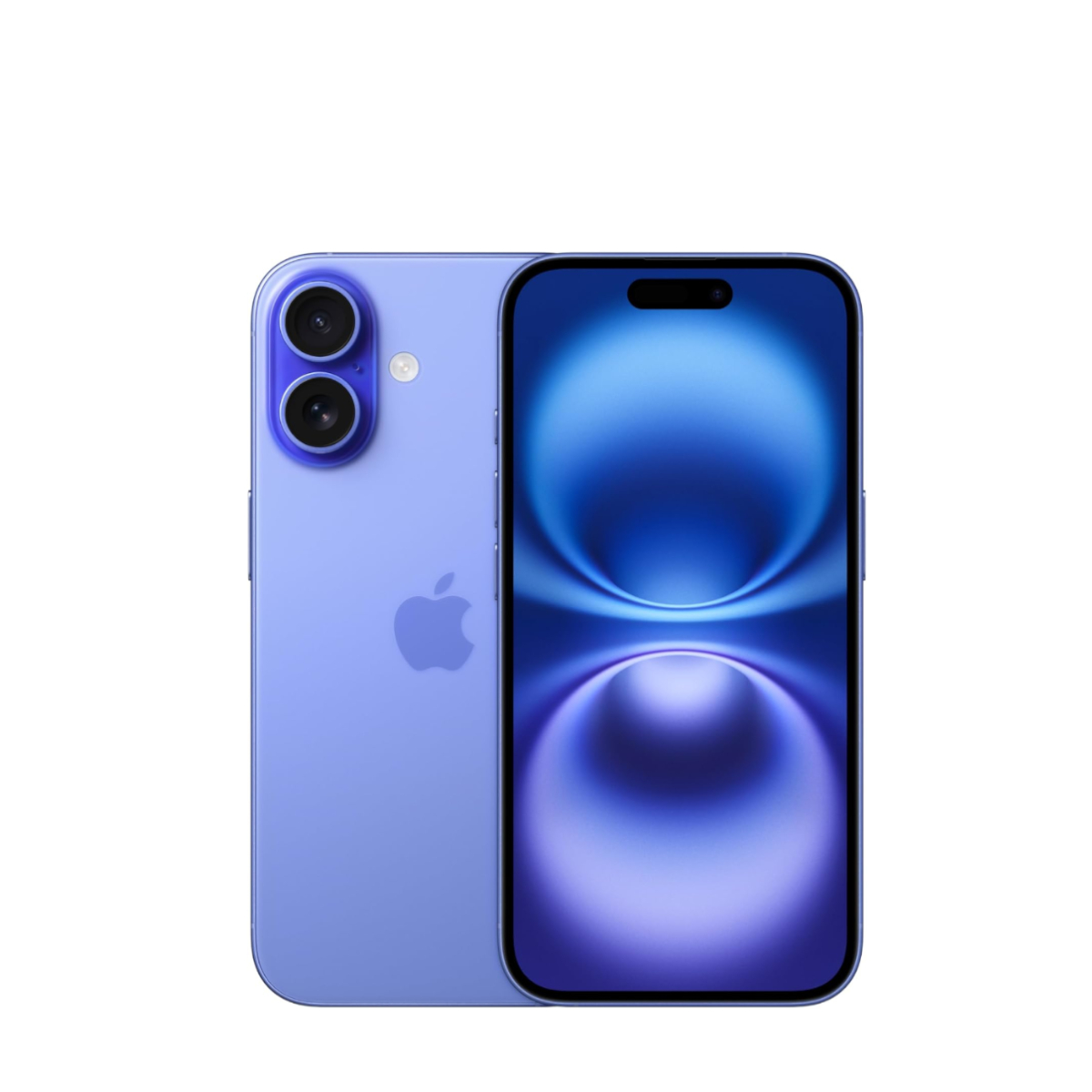
The best phone for most people
Apple’s 2024 base model offers the biggest upgrade in years, with a better-than-expected feature set and an attractive price.
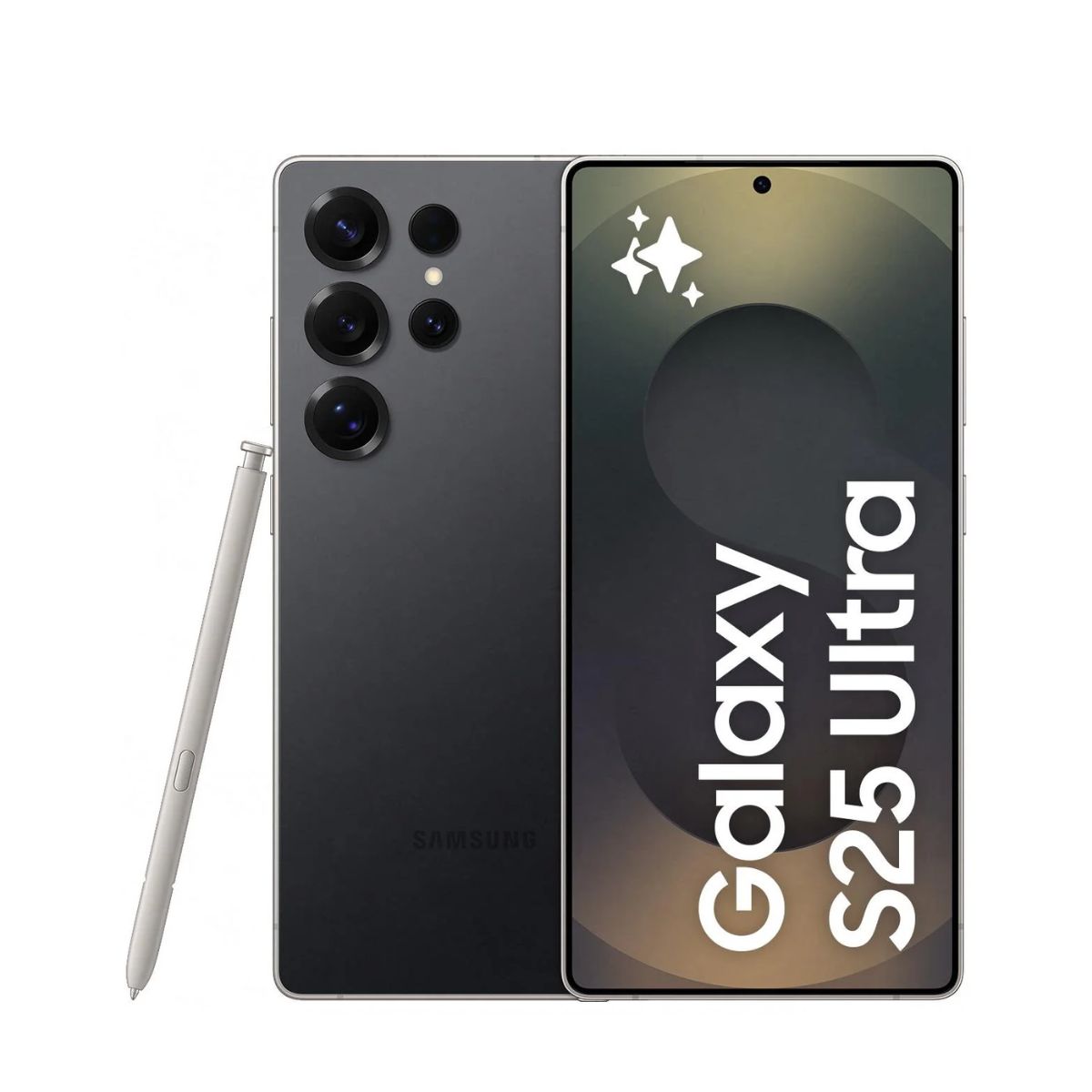
The best phone for taking photos
The Samsung Galaxy S25 Ultra takes over from the S24 Ultra as the best camera phone, packing an all-new 50MP ultrawide sensor and a rounded design.
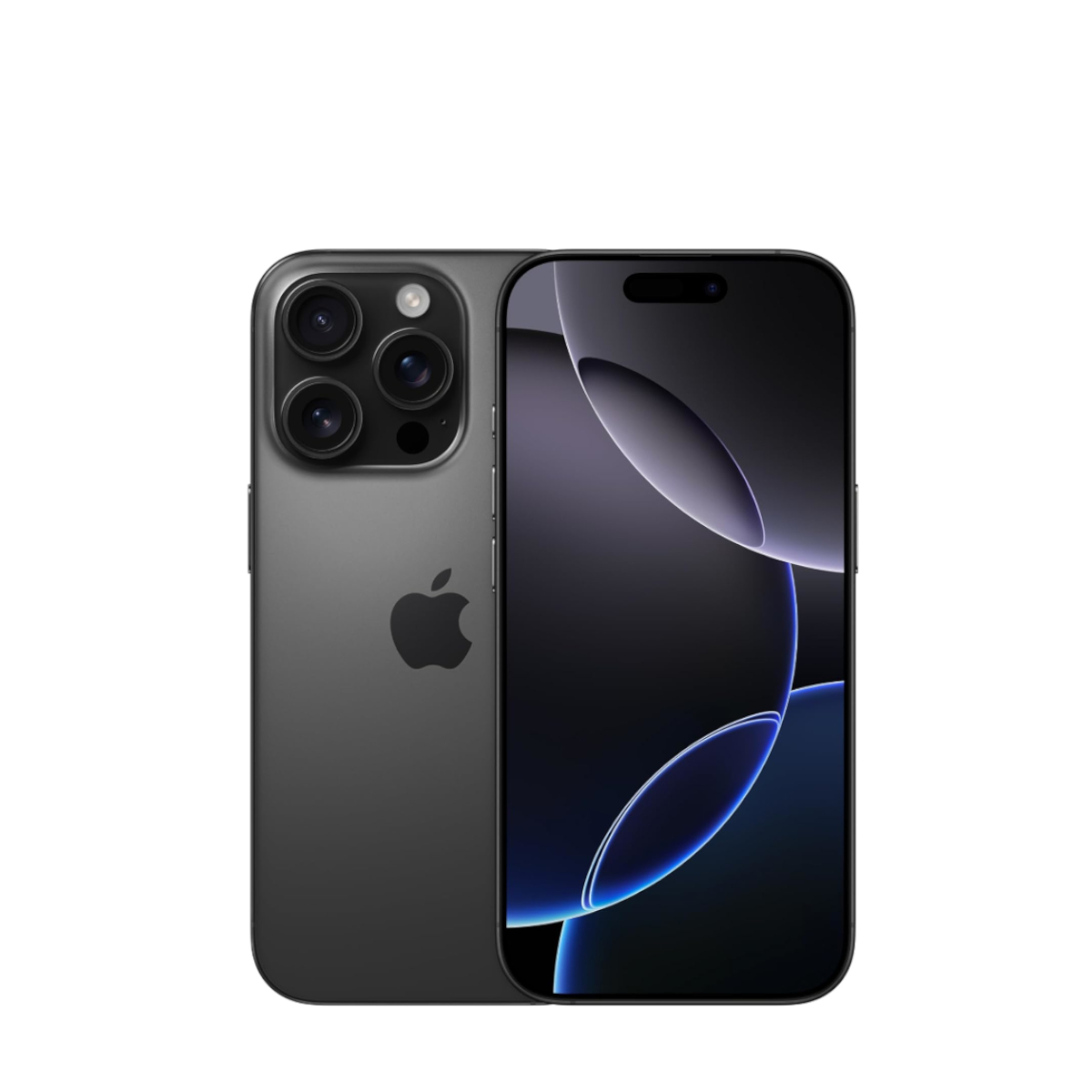
The best iPhone
Apple’s powerful iPhone 16 Pro has great camera performance, a new capacitive button on the side for making quick adjustments and the powerful A18 Pro chip.
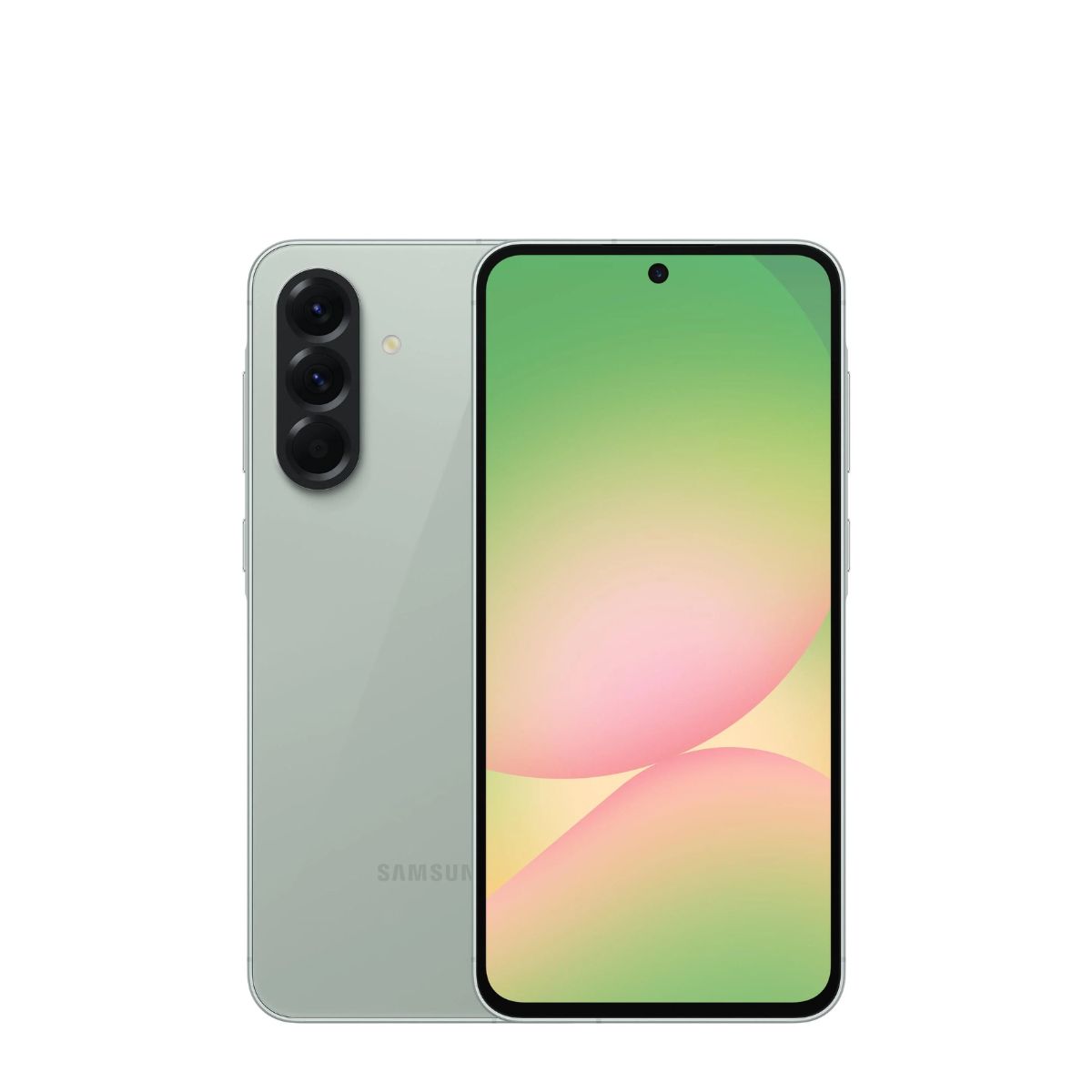
The best budget phone
Samsung continues to offer the best mid-range phone with the Galaxy A56. It's an affordable smartphone with great performance on offer.

The best value phone
Apple's new entry-level option is a trimmed down version of the base model iPhone 16, and though it misses out on the Dynamic Island and Camera Control button, it's still a worthwhile gadget if you're an iPhone lover on a budget.
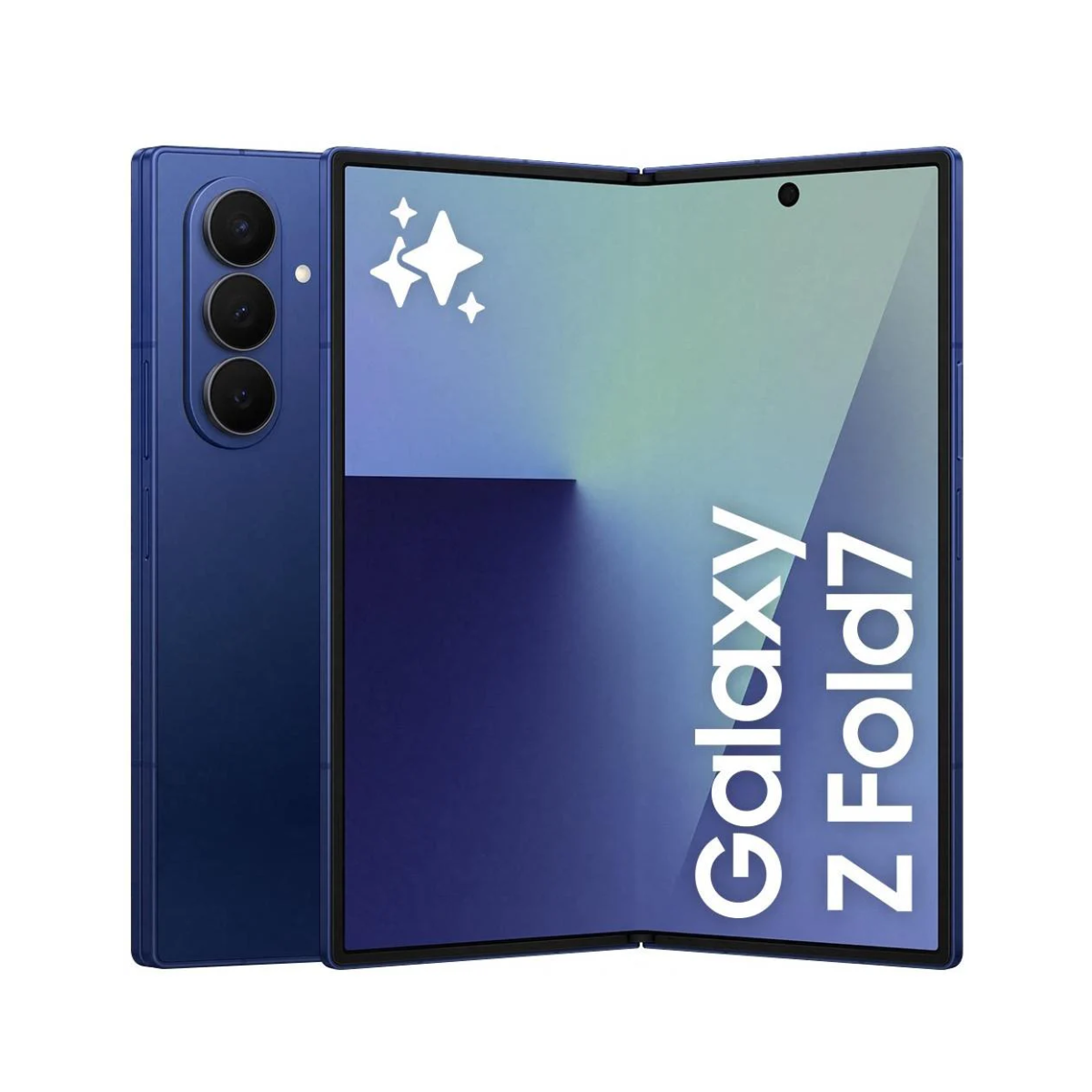
The best foldable phone
Samsung’s Galaxy Z Fold 7 is the best foldable phone in New Zealand, with a gorgeous book-style design, an epic screen and the best cameras on a folding phone.
The best phones in New Zealand 2025
Below you can read more about the best phones in New Zealand, including extra notes from our testing and information on why each phone may be worth your attention.
The best phone overall
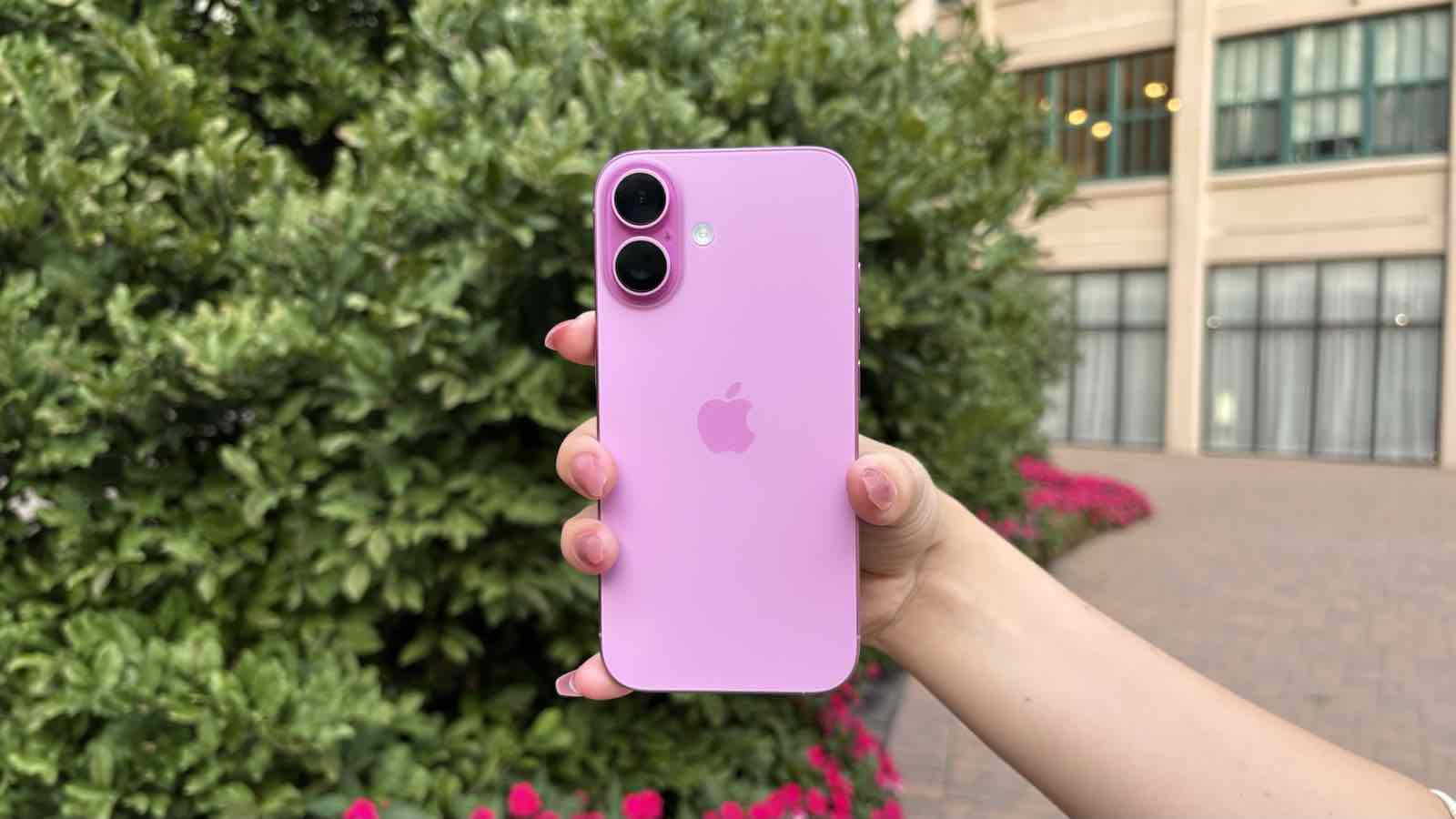
Specifications
Reasons to buy
Reasons to avoid
Offering substantial upgrades to the iPhone 15 of 2023, including an upgrade to RAM, the more impressive A18 chip, a slightly bigger battery and a new “fusion” main camera, the iPhone 16 is the best value phone that you can currently buy in New Zealand.
Interestingly, the iPhone 16 was released in New Zealand with a lower RRP than the iPhone 15 did in 2023 (dropping from NZ$1,649 to NZ$1,599). Apple is still holding the iPhone 16 back with a 60hz display, compared to most similarly priced competitors that have 90hz or 120hz displays, but the screen is perfectly fine for casual use. There’s also the Camera Control capacitive button on the iPhone 16, that allows you to adjust camera zoom without touching the screen, and the Action Button, which replaces the mute toggle to allow for deeper functionality.
If you’ve been waiting a while to upgrade a base model iPhone, this is one of the better ones to switch to, just for the sheer amount of changes year-on-year. It’s no wonder TechRadar gave the phone a Recommended seal of approval.
Read our full iPhone 16 review
The best camera phone
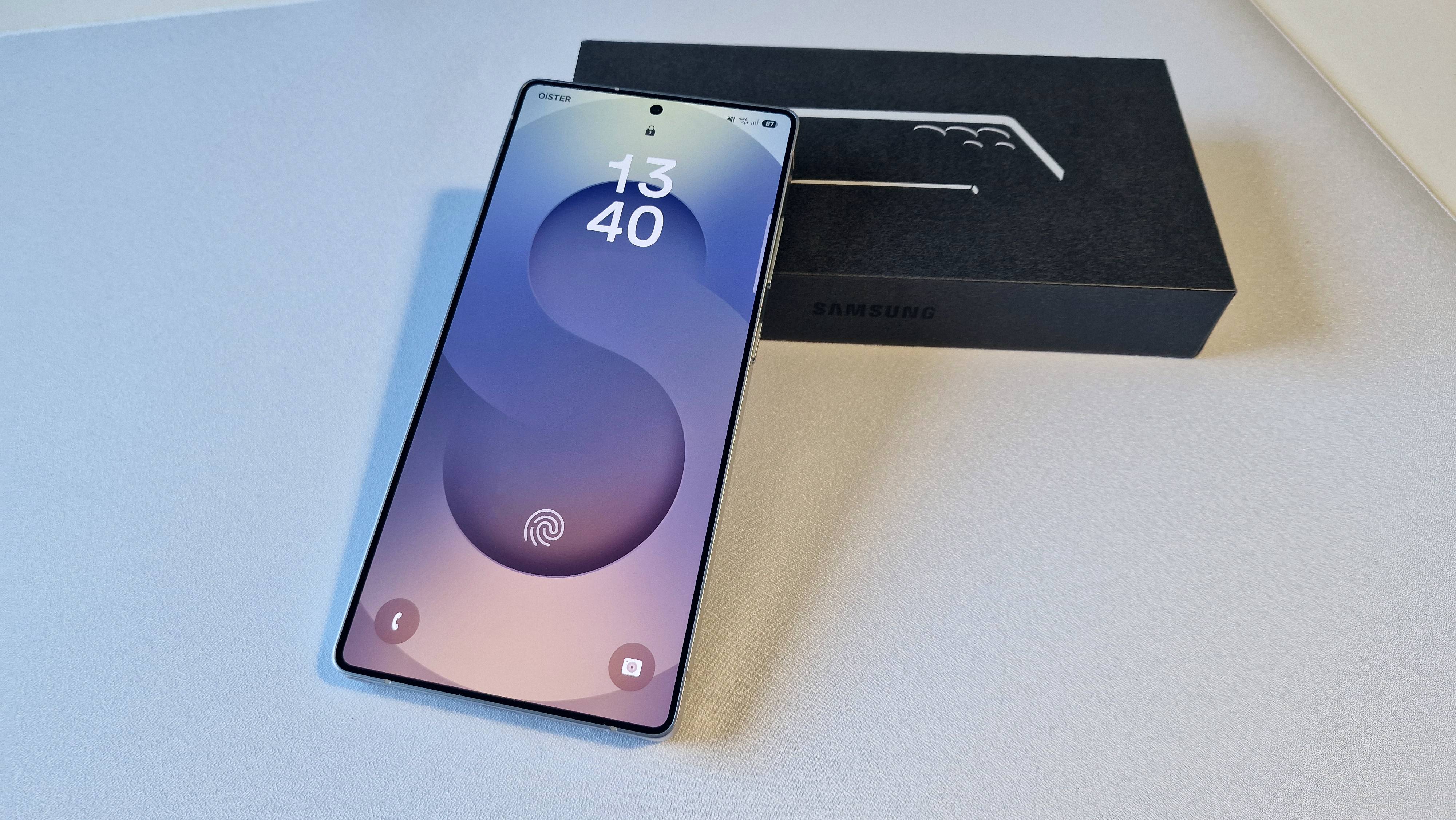
Specifications
Reasons to buy
Reasons to avoid
Samsung has a refined formula when it comes to the Ultra, and while the Galaxy S25 Ultra doesn’t stray too far from the S24 Ultra the year prior, it does include some notable buffs.
Available at an AU$50 lower price than the S24 Ultra, the Galaxy S25 Ultra’s most noticeable difference to models prior is its rounded design. This brings it closer in line with its S25 and S25 Plus siblings while offering a slightly larger screen. It also features a stylus, though a slightly different one to the S Pen that came with the S24 Ultra, as it doesn’t include Bluetooth (meaning that you can no longer take photos with said pen, sadly).
On the camera front, the S25 Ultra packs a 200MP wide camera, 10MP telephoto lens, 50MP periscope telephoto lens, and an all-new 50MP ultrawide camera. It’s capable of 5x optical zoom and packs the same camera specs as the S24 Ultra (except for the new ultrawide).
Backing the camera array up is its Snapdragon 8 Elite processor, allowing for fast processing across multiple apps, and a 1440 x 3120 AMOLED display, which pulls off some of the best visuals on any smartphone. It even has Qi2 wireless charging capability for the first time on a Samsung smartphone, though only enabled through a compatible case.
Keep in mind that the Galaxy S25 Ultra is a fairly huge phone, and won’t be a good fit for you if you’re not a fan of large handsets. It’s also quite expensive, despite being cheaper than last year’s model. If you’ve got your heart set on the best possible performance and the highest quality photos, then you can do no better than the Galaxy S25 Ultra – but if you’re looking to save, you should consider one of the other phones on this list. Alternatively, give our Samsung Galaxy S24 Ultra review a read, as you might be fine with last year’s model now that you can find it cheaper.
Read our full Samsung Galaxy S25 Ultra review
The best iPhone
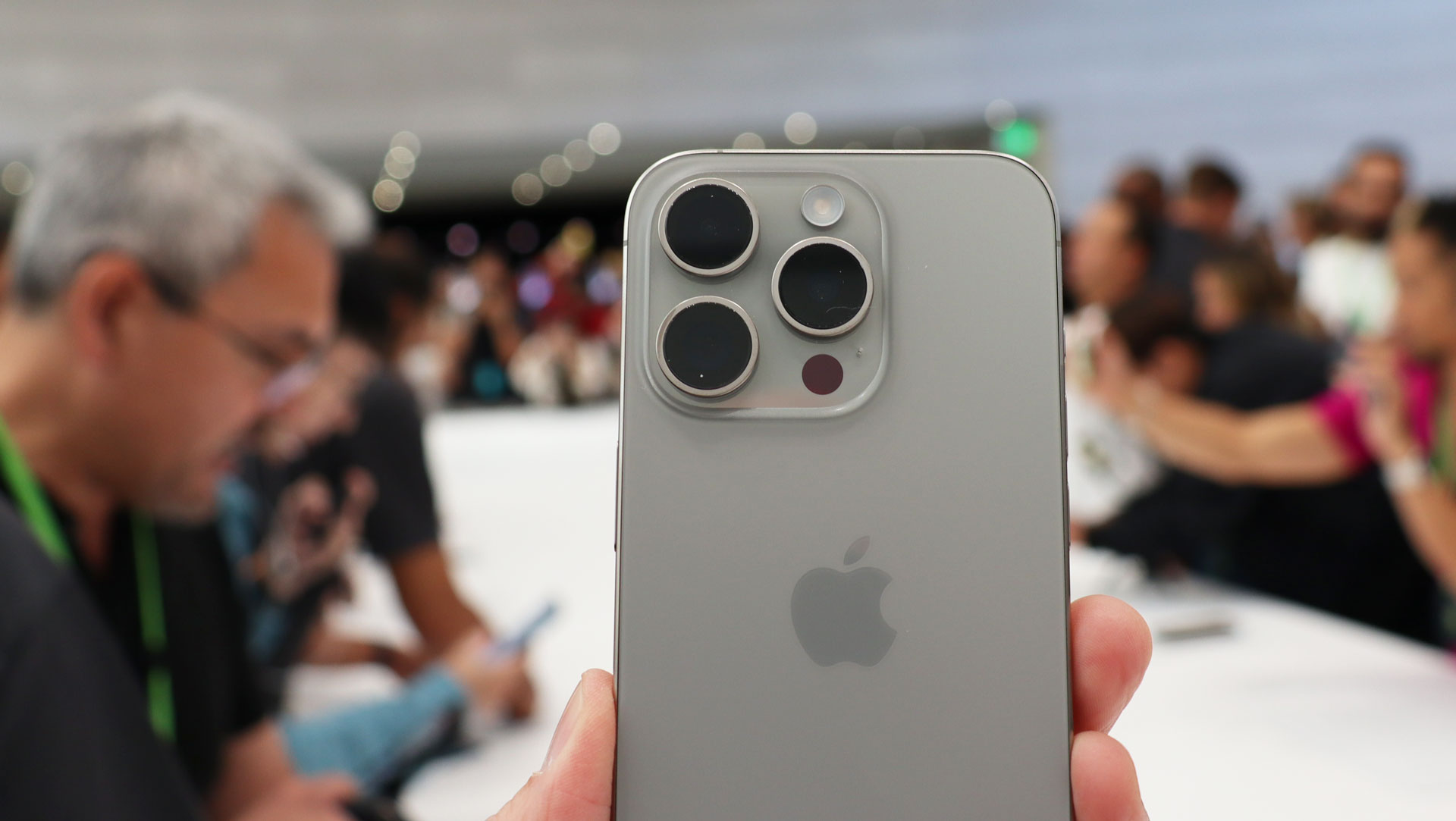
3. iPhone 16 Pro
Our expert review:
Specifications
Reasons to buy
Reasons to avoid
The iPhone 16 Pro represents the best smartphone that Apple has ever built, with a smaller 6.3-inch size than its bigger sibling, the iPhone 16 Pro Max. That smaller size is the only difference between the two phones, apart from a much more attractive price for the iPhone 16 Pro that makes it a much better phone for most people.
Compared to the iPhone 15 Pro, the iPhone 16 Pro isn’t an across-the-board refresh, but it does provide a bunch of welcome upgrades and new features, including the A18 Pro chip, a slightly larger display than last year, and the all-new Camera Control button, a capacitive button on the side that allows you to quickly adjust camera zoom.
The camera array didn’t receive a massive upgrade this time around, but the ultrawide sensor was bumped up to 42MP on the iPhone 16 Pro. The cameras in the Pro iPhones are still some of the best you can currently buy in a handset, but you’ll get slightly better shots with Samsung’s Galaxy S25 Ultra.
But we weren’t impressed with everything. AI features were a letdown with the iPhone 16 range. As we wrote in our review, “It's hard to argue for Apple Intelligence as an upgrade driver when Google and Samsung are selling smartphones with far more complete AI offerings.” Similarly priced Samsung phones also come fitted with slightly more impressive displays, not that the iPhone 16 Pro’s is bad at all.
Still, it’s no wonder why the iPhone 16 Pro received a 'TechRadar Recommends' seal of approval in our review.
Read our full iPhone 16 Pro review
The best budget phone
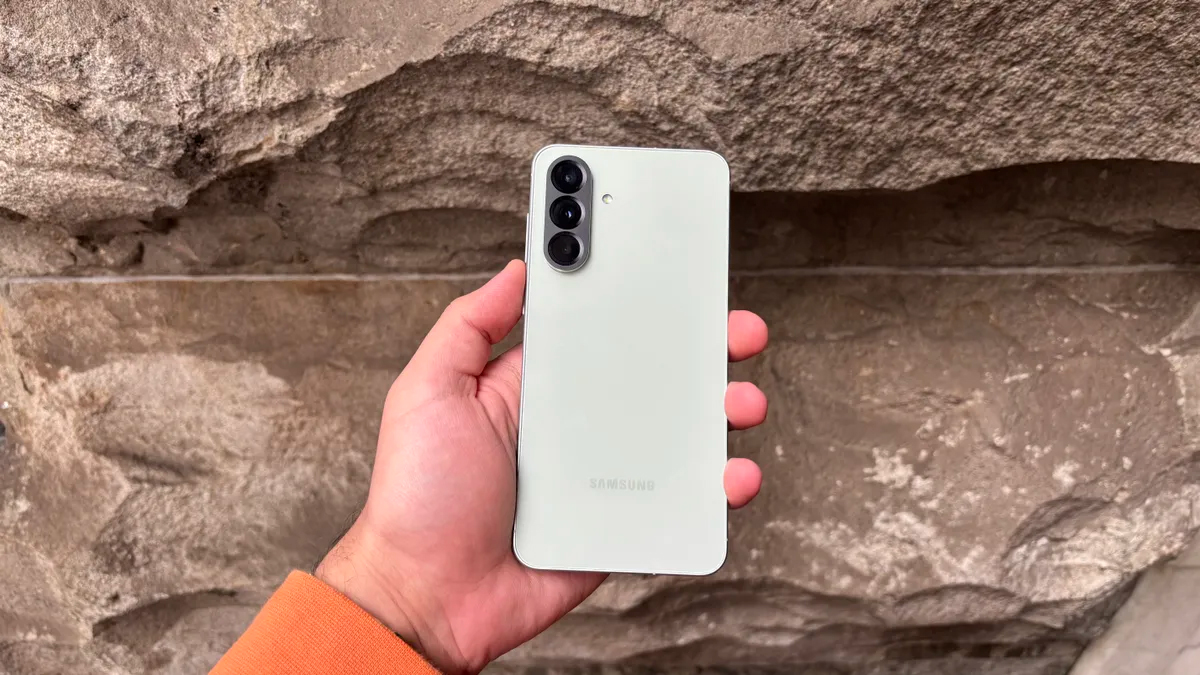
Specifications
Reasons to buy
Reasons to avoid
The Samsung Galaxy A56 retains the best budget handset in New Zealand title, keeping up the good performance of the A55 and remaining ahead of many other Android phones at the price point.
Staying at only NZ$799, the Galaxy A56 offers attractive value for its gorgeous screen and decent jack-of-all-trades performance.
The screen of the A56 is brighter than that found on the A55 at 1,200 nits, with a slightly larger display and lower weight. It also charges a bit faster – at up to 45W and delivering up to 65% battery in 30 minutes.
The cameras are identical to those found on the A55, including a 50MP main camera, a 12MP ultrawide, a 5MP macro and a 32MP selfie camera. It can record video at up to 4K/30fps.
All of this said, while the Galaxy A56 is an affordable all-rounder, somebody craving high-end performance, such as a dedicated mobile gamer, may want a more powerful device, such as those in the Galaxy S25 family.
Read our full Samsung Galaxy A56 review
The best budget iPhone
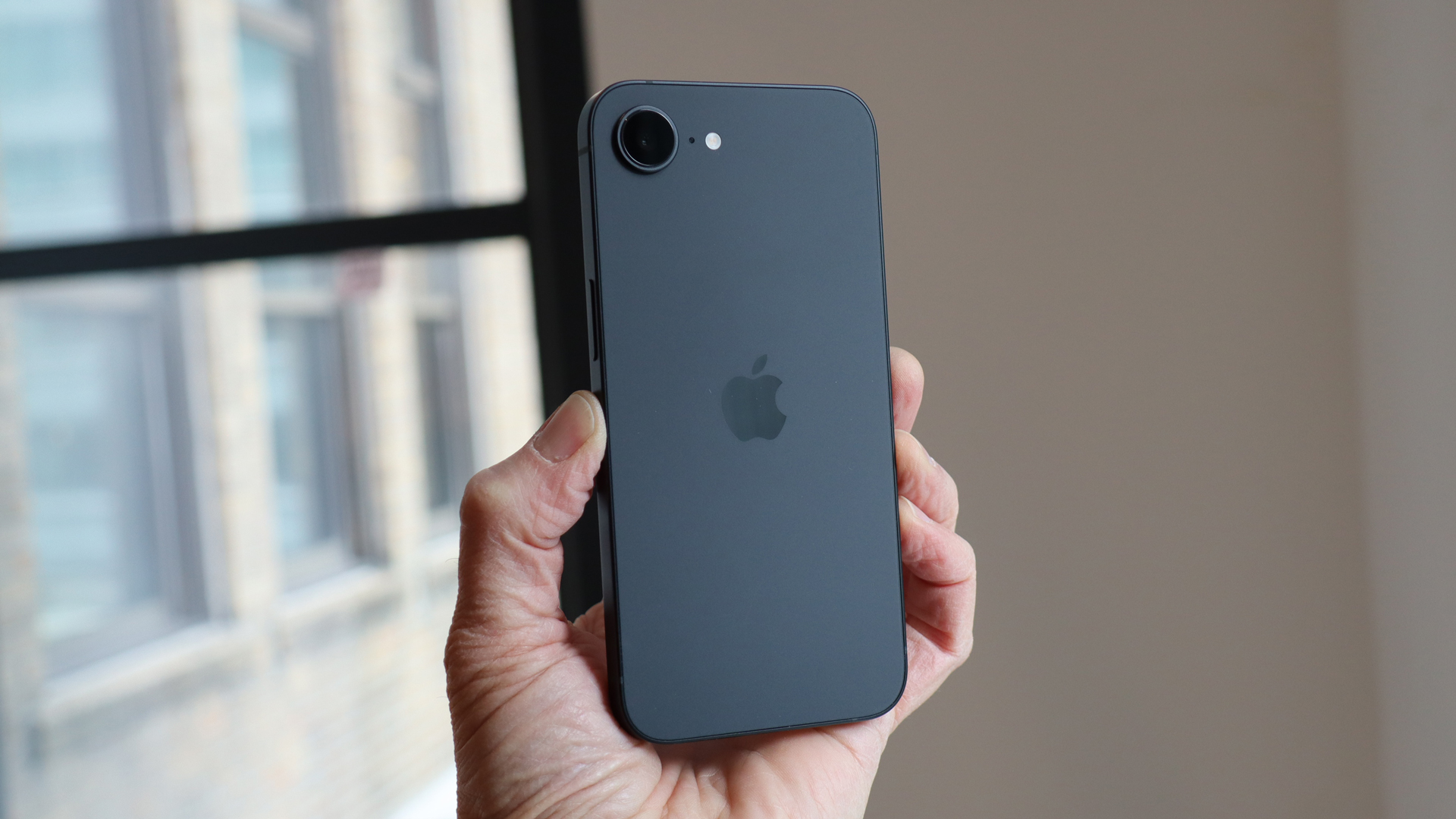
Specifications
Reasons to buy
Reasons to avoid
Goodbye iPhone SE, hello iPhone 16e. This is Apple's entry-level smartphone, and while it's not exactly cheap, it does offer some attractive value.
The value of the iPhone 16e is completely reliant on Apple's brilliant user experience and aesthetic. It doesn't offer the high-end performance of pricier models in the 16 family, but its price is much more attractive.
It's ever so slightly smaller than the standard iPhone 16 and, in shaving the price down, it lacks the Dynamic Island, returning to a notch-based design seen on earlier iPhones. Additionally, it also has a single camera lens on the back and lower display brightness.
Interestingly, on the battery front, the 16e actually outperforms its sibling, with up to 26 hours of video playback (versus 22 hours).
You might want to avoid the iPhone 16e if you want great camera performance, as the single 'Fusion' camera isn't too impressive for its price point. That being said, if you love Apple and want to save money, the iPhone 16e is one of the best options in years.
Read our full iPhone 16e review
The best foldable phone
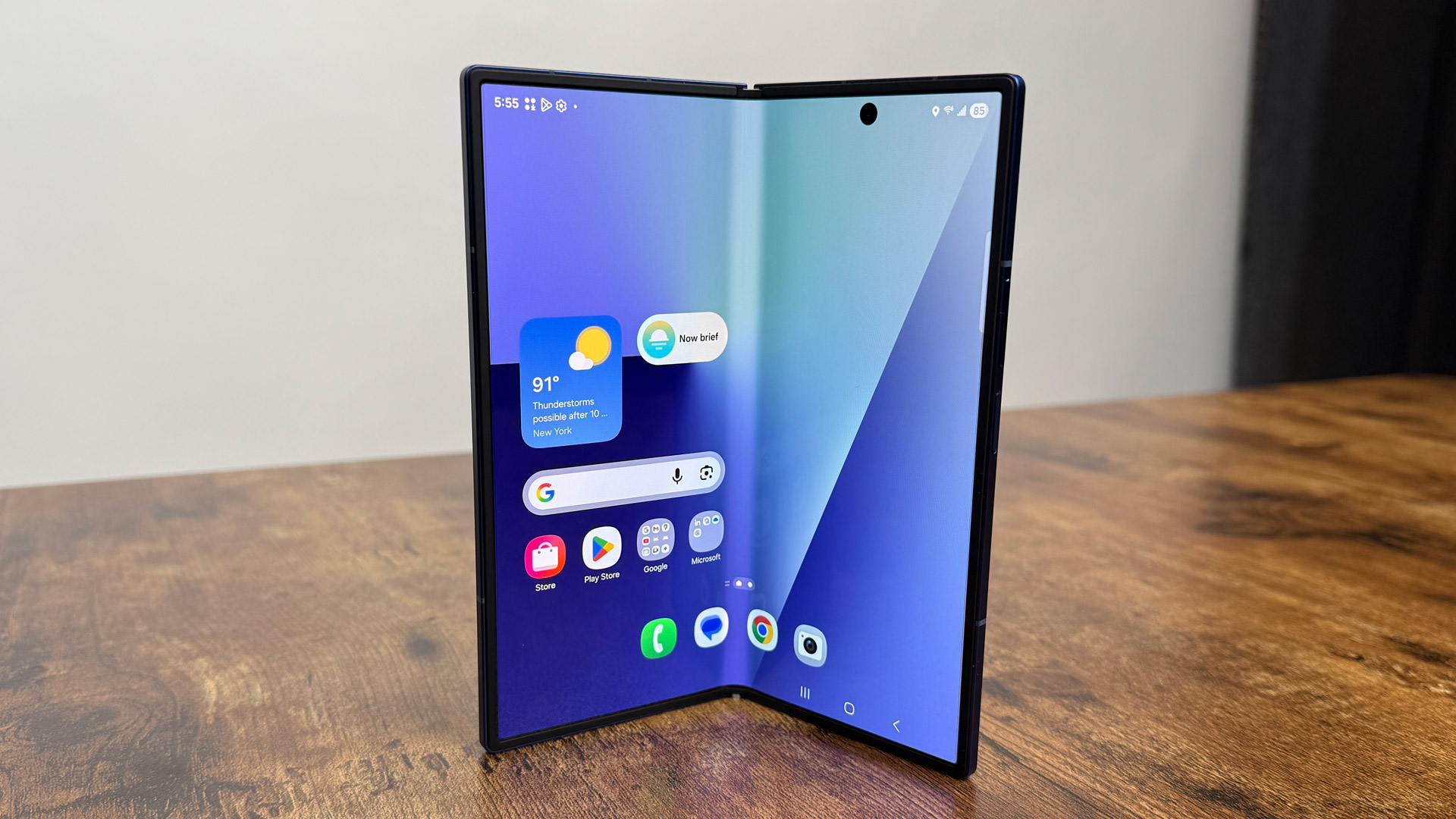
Specifications
Reasons to buy
Reasons to avoid
The Samsung Galaxy Z Fold 7 refines what the Galaxy Z Fold 6 did best and adds extra power, with a much better array of cameras (including the 200MP sensor from the S25 Ultra) and a much thinner unfolded profile.
This time around, Samsung has made the Z Fold 7's screens bigger and overall made it a much thinner phone – one that looks like a normal smartphone when folded, but absolutely massive when unfolded. Though Samsung has brought back a hole-punch inner camera, the screen remains extremely high quality, particularly if you want to mix the best of a tablet and smartphone.
All of this said, the Galaxy Z Fold 7 is one of the most expensive smartphones in New Zealand, with the 1TB option being the very most expensive phone in the country. It's not a handset to consider if you're on a budget.
Additionally, while it is a huge phone with a gorgeous screen, the Galaxy S25 Ultra has much more capable cameras that might impress you more if you want to take snaps. Despite being more expensive, being bigger, and having a pretty cool gimmick, the Galaxy Z Fold 7 isn’t entirely a better phone over the S25 Ultra.
Read our full Samsung Galaxy Z Fold 7 review
What is the best phone in New Zealand in 2025?
While there’s no ‘best’ phone among the phones listed above, there might just be a brilliant pick for you to consider. When it comes to being a one of the best all-rounders, the iPhone 16 takes the top spot, but you'll get better performance from the iPhone 16 Pro Max and the Samsung Galaxy S25 Ultra.
In the interest of saving money, you may want to consider the iPhone 16e, especially if you're used to the Apple ecosystem. If you're an Android user, the Samsung Galaxy A56 is an attractive budget option. Finally, if you're keen on an interesting form factor, our favourite foldable is the Samsung Galaxy Z Fold 7.
Sign up for breaking news, reviews, opinion, top tech deals, and more.

Zac was part of TechRadar's Australian phones desk, covering the big releases from the likes of Google, Samsung and Apple. He continues to write about the Aussie EV market for this publication. He's previously written for Gizmodo Australia, Canstar Blue and The Daily Mail Australia (with articles on Nine, Junkee, Kotaku Australia and Lifehacker Australia).